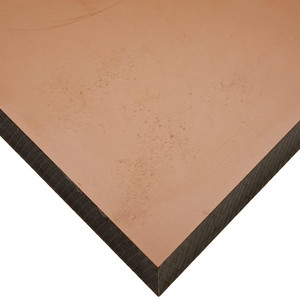Oil & Gas
high quality performance plastics
Laird Plastics recognizes the significance of high-quality plastics in the oil and gas industry. Our durable and versatile products, including PEEK, phenolic materials, PTFE, and polycarbonate, can withstand extreme conditions such as high temperatures, pressure, and abrasive fluids, resulting in longer equipment lifespans and reduced maintenance costs. Use our plastics for thrust washers, gaskets, sealing chemicals, and more. Contact us today for more information on our sustainable, high-performance plastics, and let us be your supplier for all your oil and gas industry needs.
Applications
- Anti-extrusion rings and back-up rings
- Piston, chevron and gland seals
- Valve seats
- Packings
- Bushings, bearings
- Lantern rings
- Gaskets
- Lifting systems components
- Pipe and pipe support systems (saddles, carrier rings) grating/stairs
- Labyrinth seals
.


